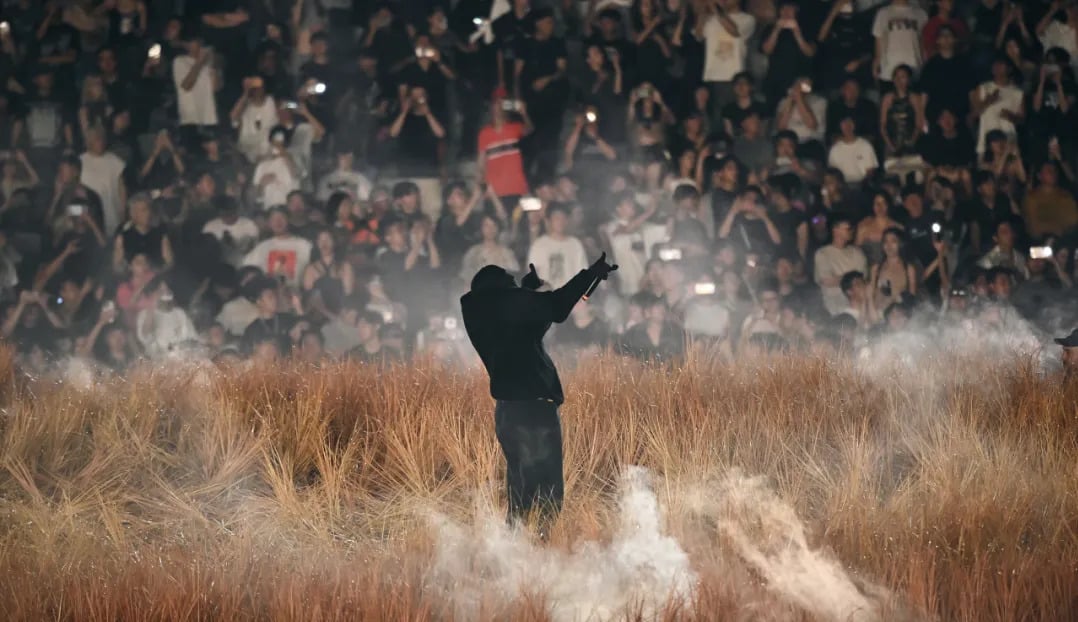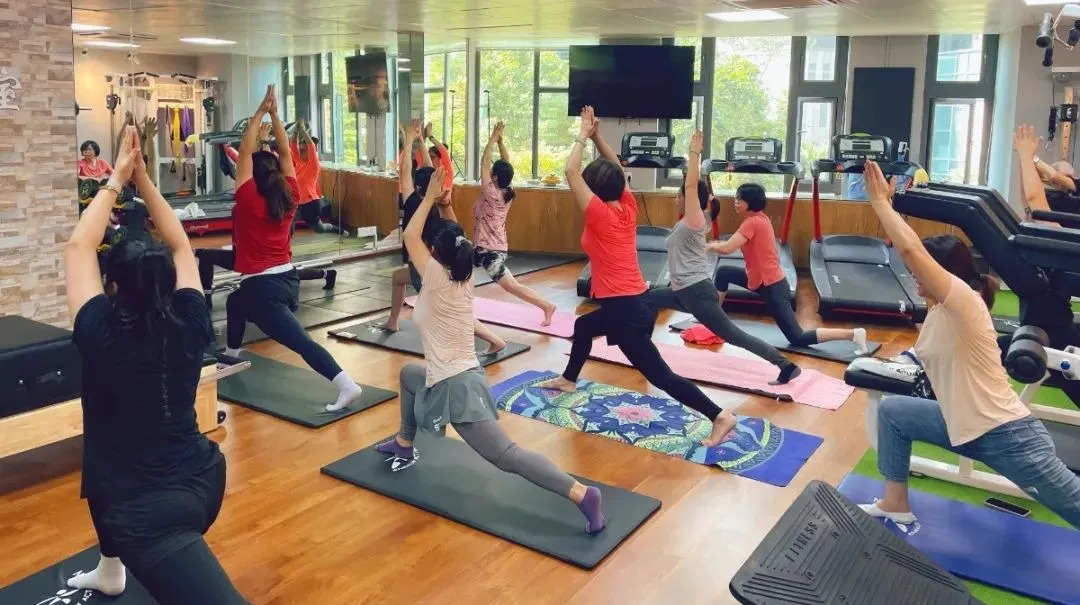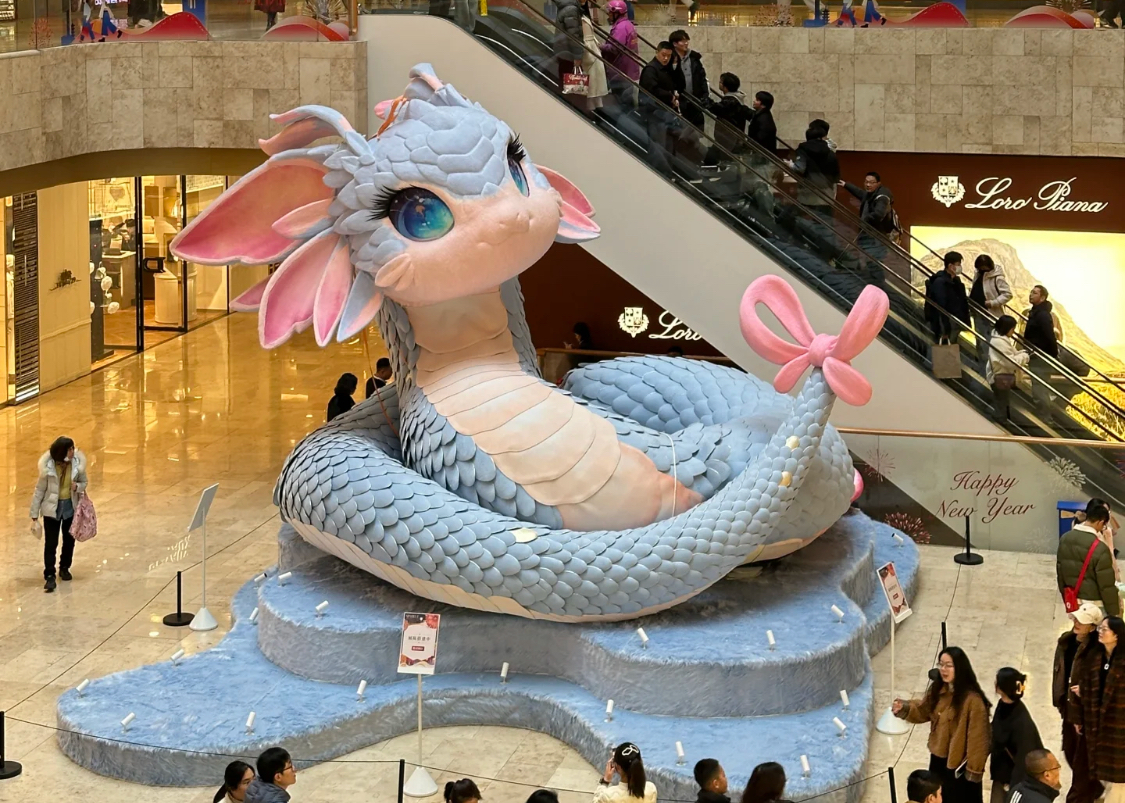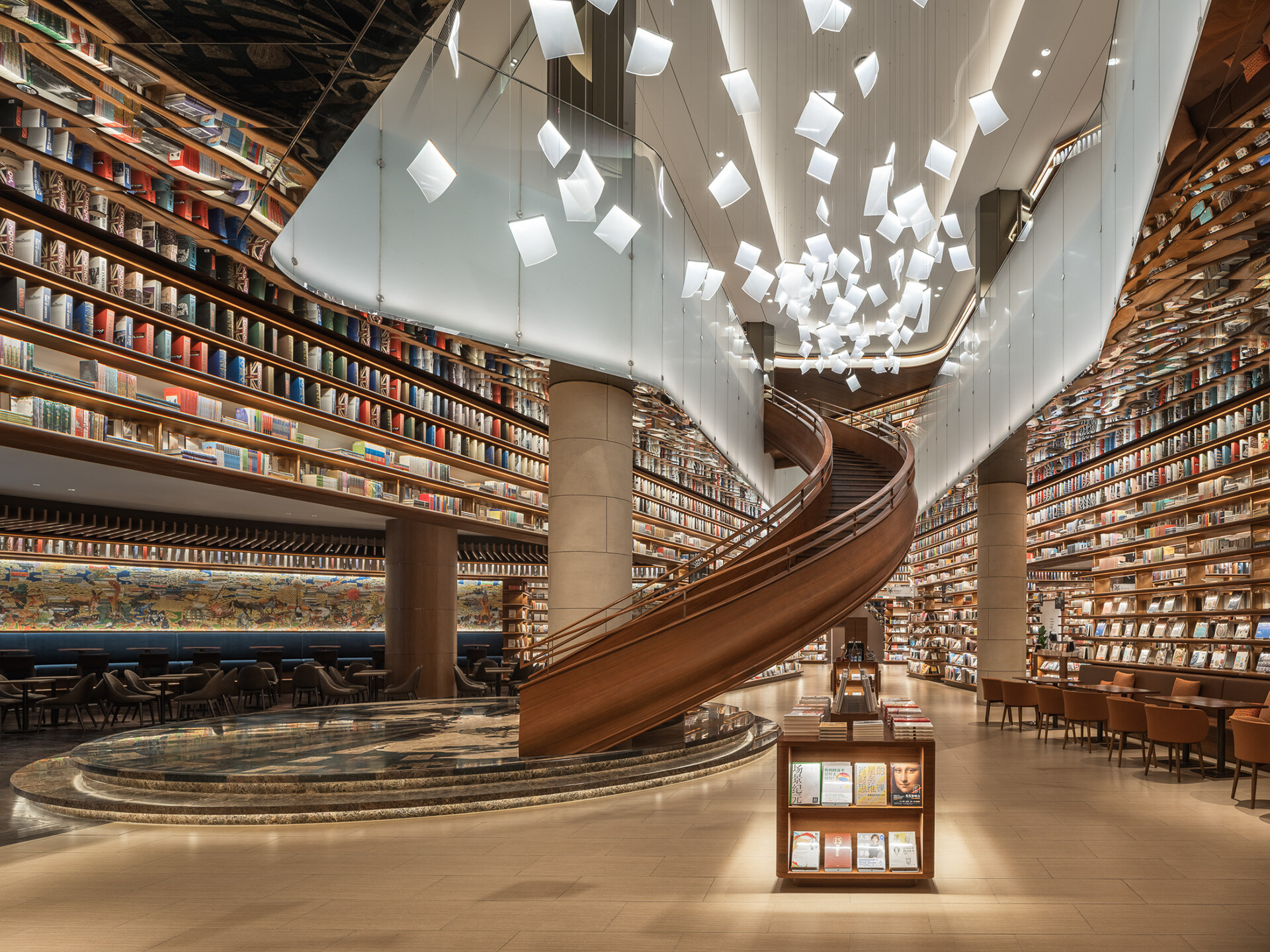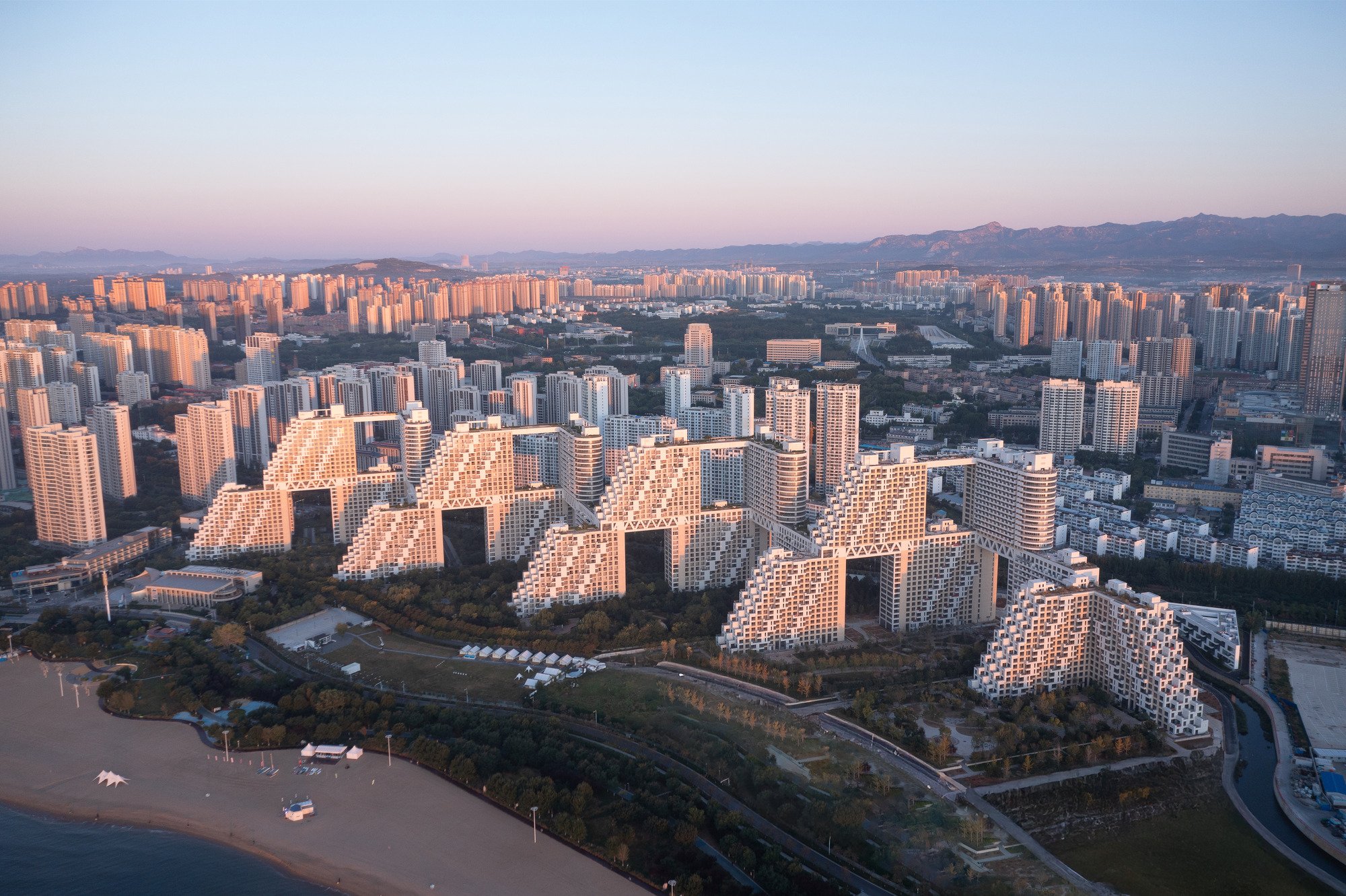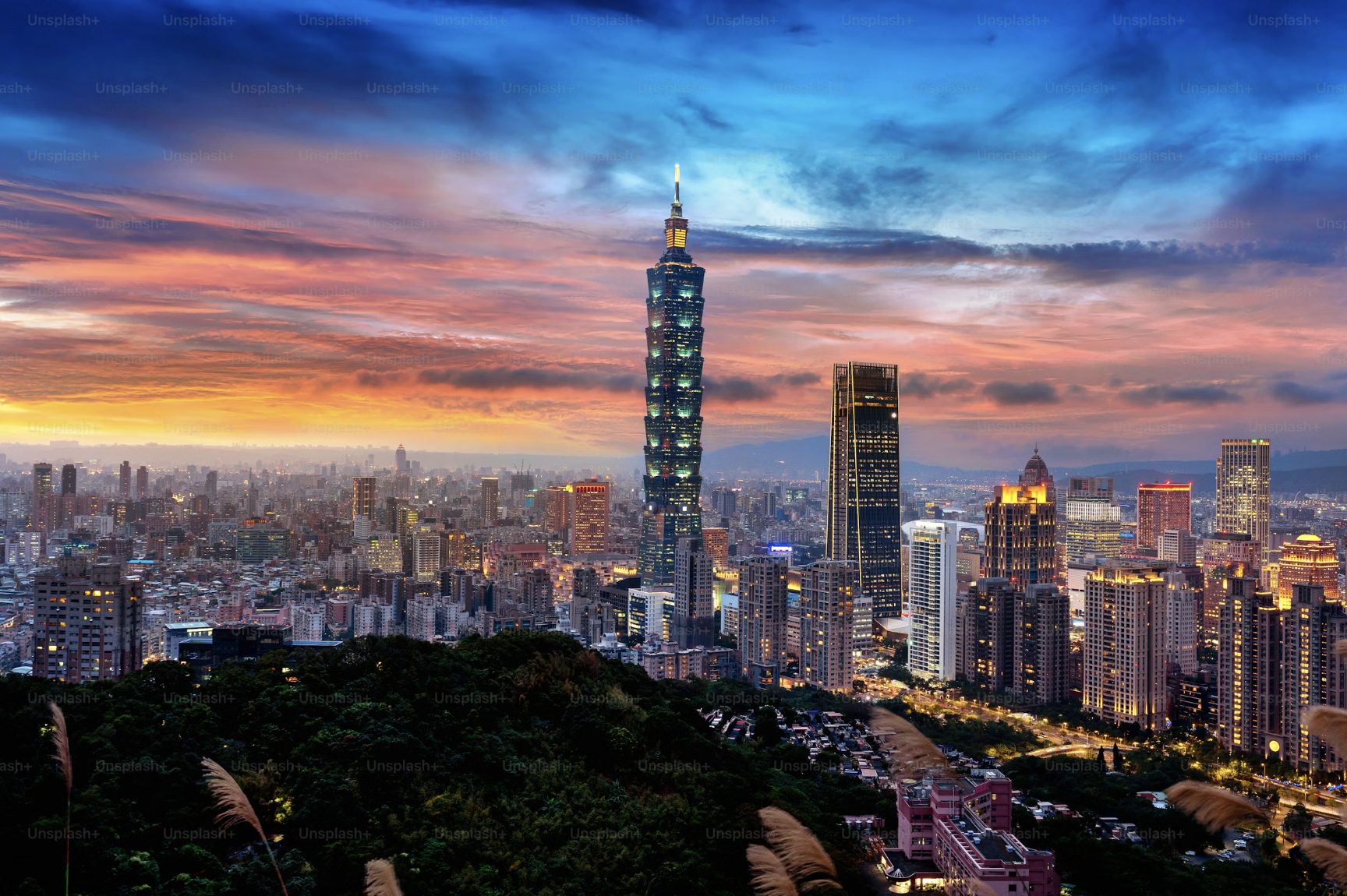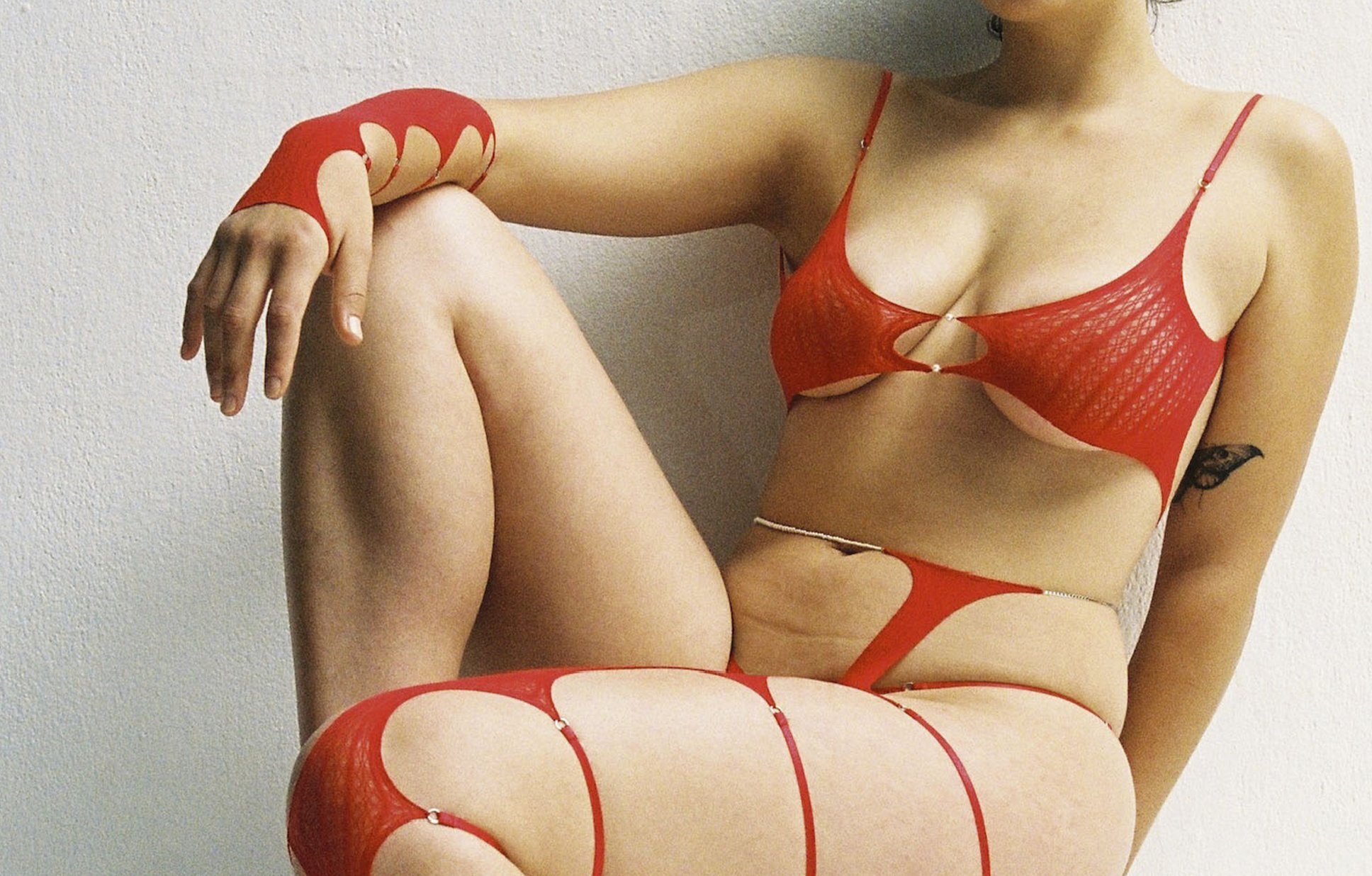Art reflects the human experience, and every artist has their muse. Both Matthew Wong, a Chinese-Canadian contemporary art painter who tragically passed away in 2019, and Vincent van Gogh grappled with psychological struggles, yet at the same time found inspiration from their introspective journeys. They channeled their emotions into vibrant works of art, using nature as a powerful muse to express their inner thoughts. Through their creations, they found hope and strength, transforming pain into profound beauty and creating powerful legacies.
Entitled “Matthew Wong – Vincent Van Gogh: Painting as a Last Resort,” Kunsthaus Zürich’s latest show is a traveling exhibition originating from Amsterdam’s Van Gogh Museum. Juxtaposing both artists’ creations, the show invites viewers to explore shared themes of struggle and beauty, and each artists’ quest for meaning. Inspired by van Gogh among many others, Wong drew from his own experiences and emotions to create canvases that resonate with deep feelings of isolation and longing.
RADII chatted with Jonas Beyer, curator of Kunsthaus Zürich, to delve deeper into the meaning and inspirations behind the exhibition.


Throughout the exhibition, Kunsthaus Zürich created visual axes so that Wong and van Gogh’s works can be compared with each other in terms of perspective. Image via Franca Candrian (Kunsthaus Zürich) and ProLitteris, Zürich.
Unlikely Parallels
Wong initially aspired to be a banker and then a photographer, but he shifted his path when he encountered painting as an intern for the Hong Kong pavilion at the Venice Biennale in 2011. This experience inspired him to start painting, a medium through which he has created over 1,000 pieces. Living a reclusive life, he found stimulation in his imagination and watching films, which influenced his work. Grappling with mental health issues, he described painting as a “last resort” — ultimately discovering it as the best means to express his thoughts and the inherent loneliness of contemporary life. Tragically, Wong’s life was cut short when he committed suicide at the age of 35 in 2019.
Van Gogh, the renowned Dutch Master, faced his own tumultuous journey as he sought to develop his artistic voice. After moving to Paris and later southern France, he drew inspiration from the ebullient landscapes around him, using vibrant colors and dynamic brushwork to convey his emotional experiences. Despite his immense talent shown in more than 2,000 artworks including around 900 paintings, van Gogh struggled with mental health challenges and feelings of alienation. While there is academic debate over the cause of his death, van Gogh is commonly believed to have succumbed to his own battles with depression at the age of 37.
Both artists had difficulties fitting in socially. As curator Beyer notes, “Even though they both worked in relative isolation, they found ways to keep in touch with the art world: van Gogh did this through letters, while Wong used social media such as Facebook.”



A Dialogue of Landscapes
Beyer explains, “We know that Wong studied van Gogh intensively. There are striking parallels both in terms of the motifs and the respective biographies.” The curator added that it made sense, therefore, to have these two artists engage in a dialogue. This connection is particularly evident in their landscape paintings, which serve as a focal point of the exhibition.
While flowers, such as Wong’s sunflowers, are also present as a motif, the primary emphasis on landscapes reflects how both artists poured their entire selves into these works. As Beyer notes, “If you want to see how both artists completely devoted themselves to painting, then you have to look at their landscapes.” The landscapes not only showcase their artistic dedication but also encapsulate their emotional journeys.
In contrast to the beauty of floral subjects, the landscapes convey a sense of isolation and immersion in the grandeur of the natural world. Both Wong and van Gogh used these expansive settings to express their inner turmoil, inviting viewers to connect with their feelings of loneliness and longing.


Locating and Placing Artworks
Beyer faced significant challenges in curating this exhibition. First, obtaining paintings by the Dutch Master on loan is no easy feat, but the presence of some top-class works in Switzerland made it more feasible. Additionally, a logistical hurdle arose from the differing aesthetics: “Van Gogh’s pieces often come with Old Master frames, while Wong’s artworks adhere to a white cube aesthetic.” This contrast presented a unique challenge in creating a cohesive visual narrative for the exhibition.
The presentation of artworks is also noteworthy. “We have not hung the works of both artists directly next to each other. Instead, we have created visual axes so that the works can be compared with each other in terms of perspective.” This thoughtful arrangement allows viewers to engage with the pieces dynamically, fostering a deeper understanding of both artists’ creative approaches.
“I am fascinated by Wong’s Coming of Age (2018) landscape, where he creates a dreamlike atmosphere using almost abstract character abbreviations in the lower part of the picture, while the upper part is dominated by a majestic, symbolically rich, life-giving sun,” explains Beyer. The curator added that Wong’s ability to evoke complex emotions through his landscapes invites viewers into a reflective space, allowing them to engage with feelings of introspection and beauty.
In parallel, van Gogh’s works, such as his Champ de blé aux bleuets (Wheat Field with Cornflowers, 1890), loaned from the Fondation Beyeler in Switzerland, exhibit a similar emotional depth. “These paintings appear almost abstract, depicting the fields like an undulating carpet, inviting viewers to experience the fervor of the painter in every brushstroke.”
Together, their artworks communicate a powerful message: art can be a refuge and a means of understanding oneself and the world. The exhibition encourages viewers to reflect on their own experiences and the ways in which art can provide solace and connection. As Beyer notes, “Both artists created highly accessible art,” inspiring visitors to explore their own creative voices. Young visitors can learn that expressing oneself and finding a calling in creativity is within reach.



This upcoming exhibition at Kunsthaus Zürich serves as a powerful reminder of the importance of following one’s calling in the face of adversity. Beyer explains that both artists embodied this philosophy in their work, “According to the motto, be who you are; no one else can be that for you.” Both artists, despite their struggles, found their voices through art, leaving a legacy that continues to inspire.
Through their works, Wong and van Gogh remind all of us that even in our darkest moments, creativity can illuminate our experiences and connect us to the world around us.
Kunsthaus Zürich’s “Matthew Wong – Vincent Van Gogh: Painting as a Last Resort” exhibition will run from September 20, 2024, to January 26, 2025.
Banner image via Kunsthaus Zürich.














